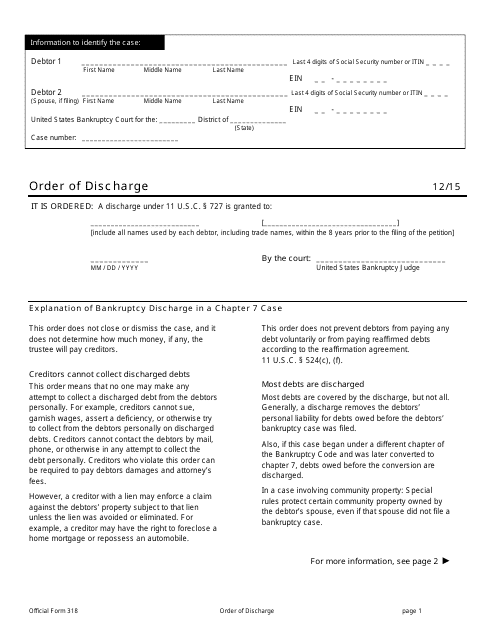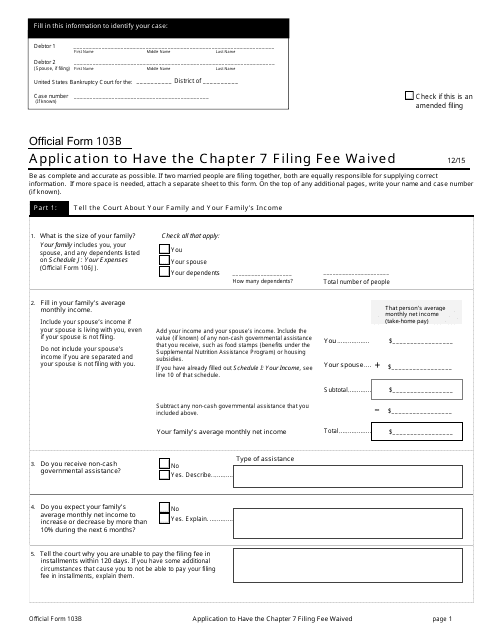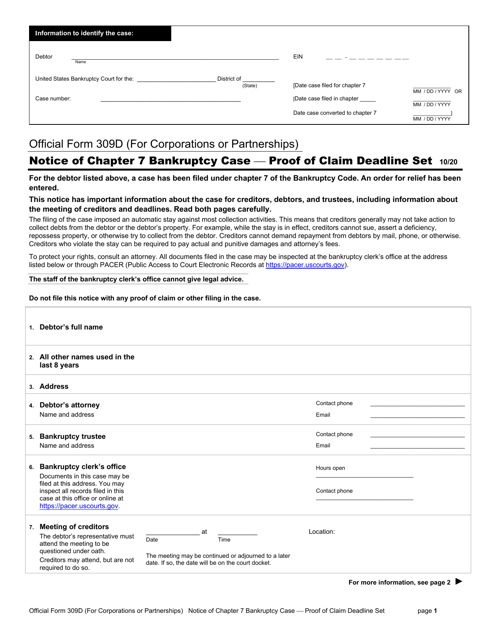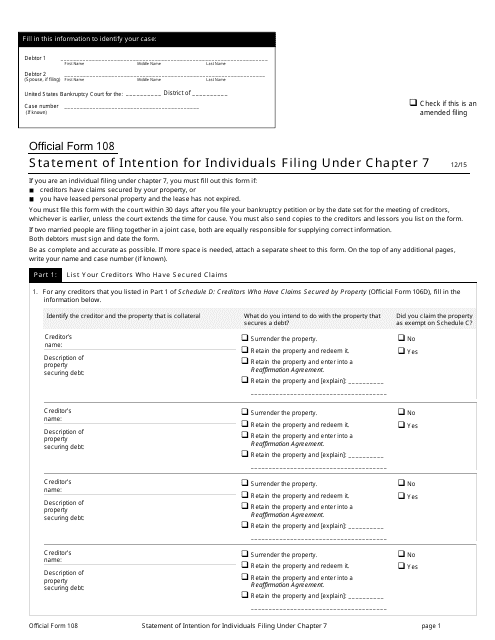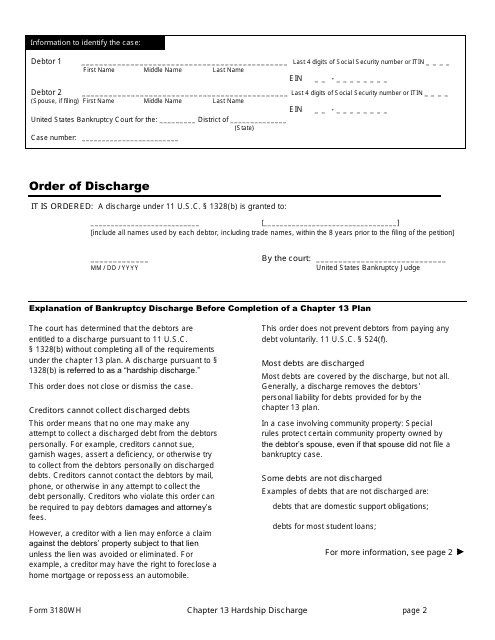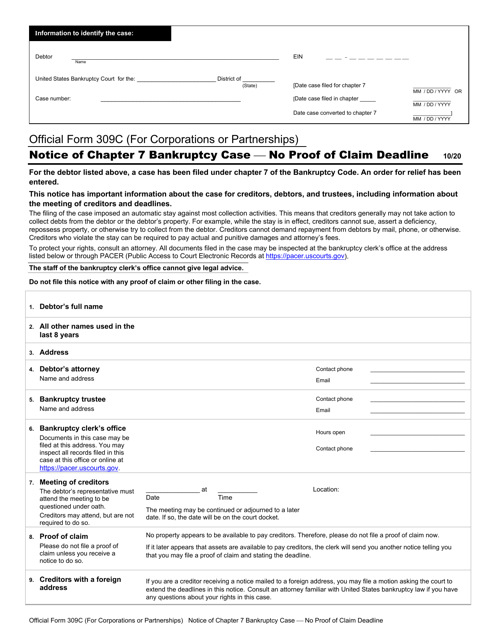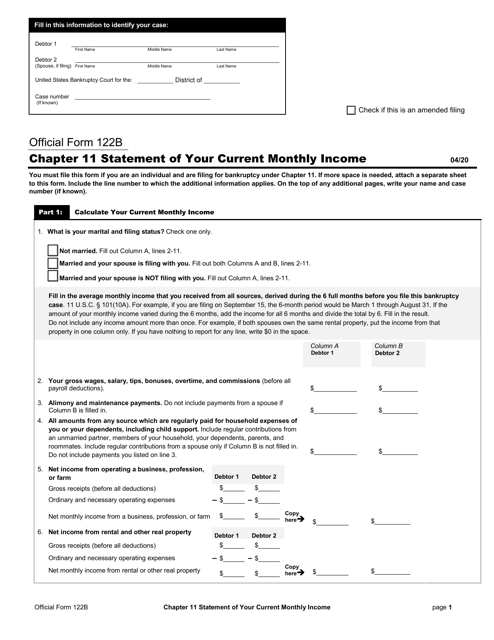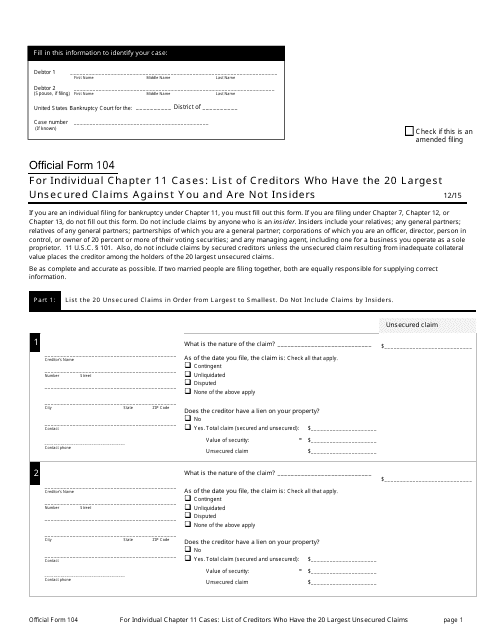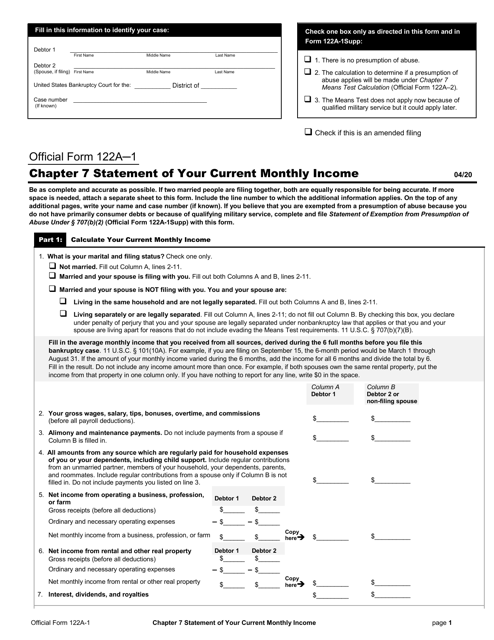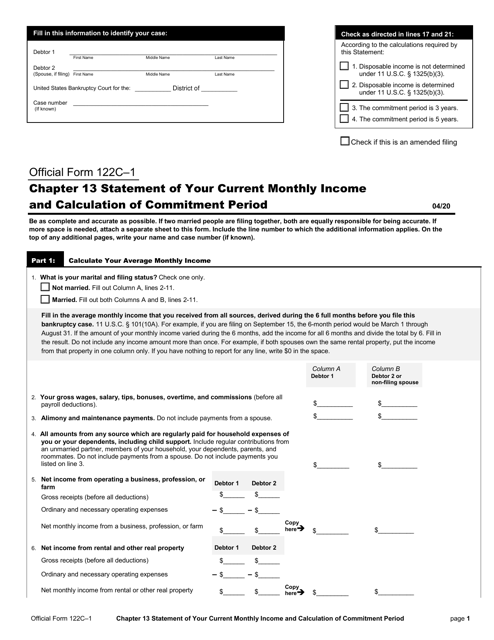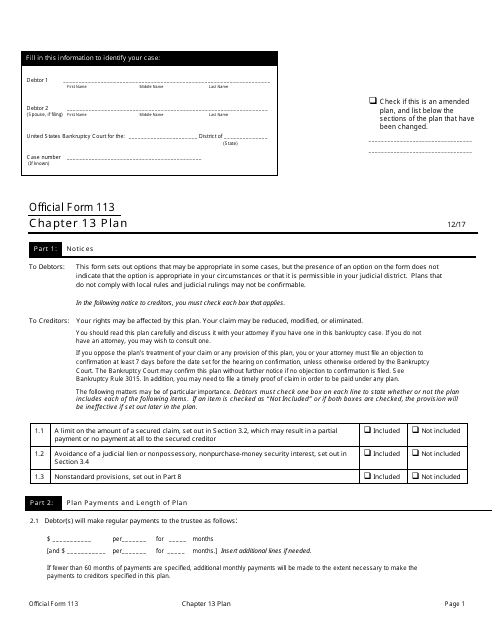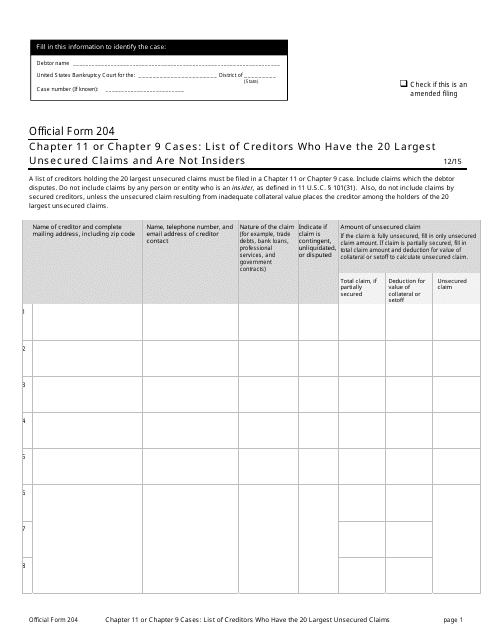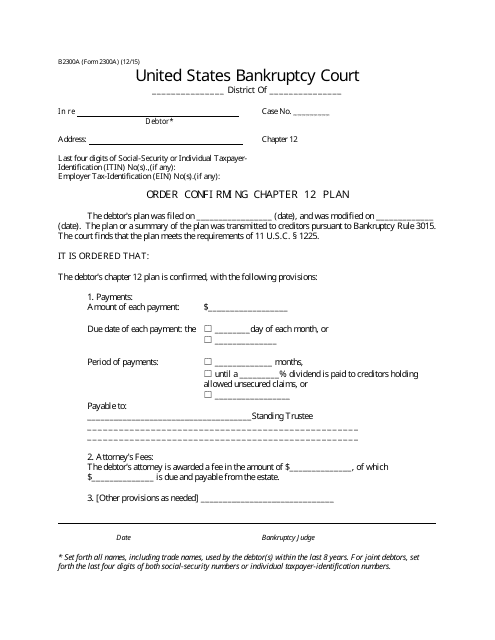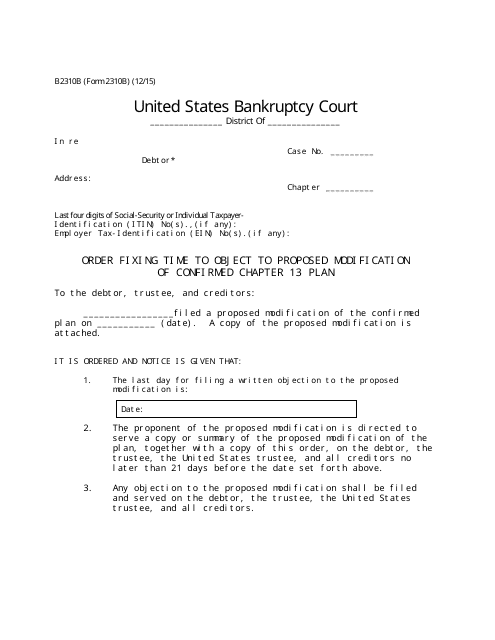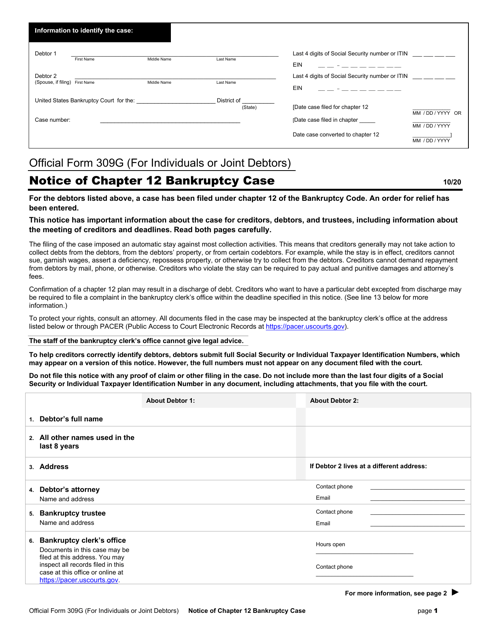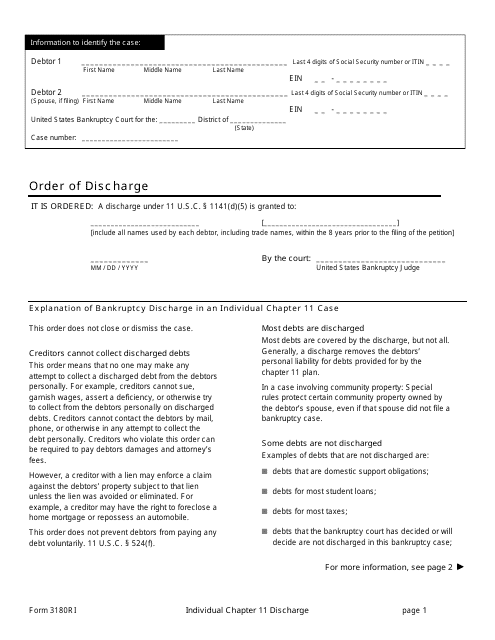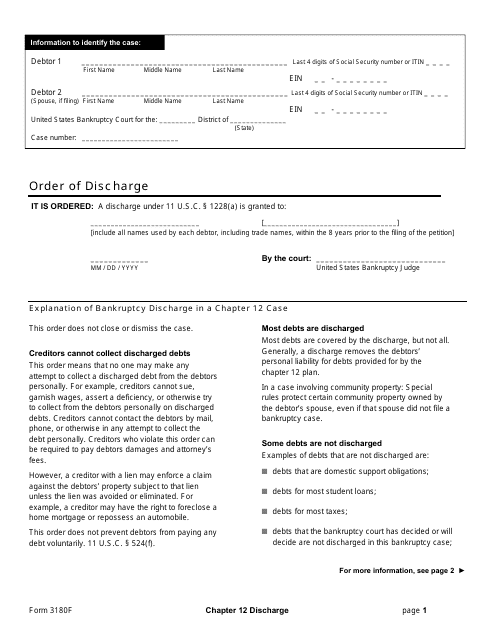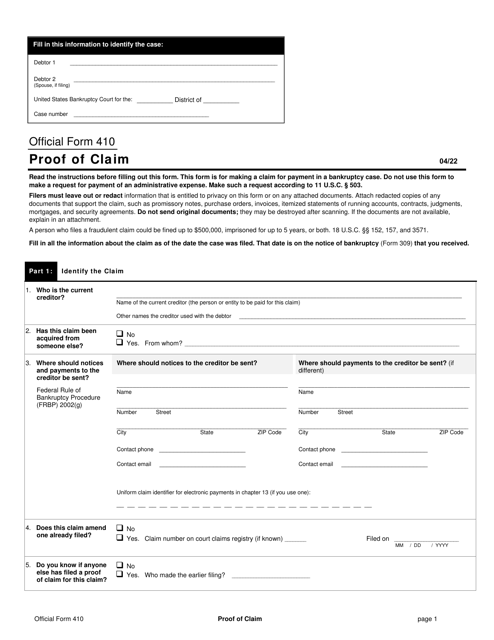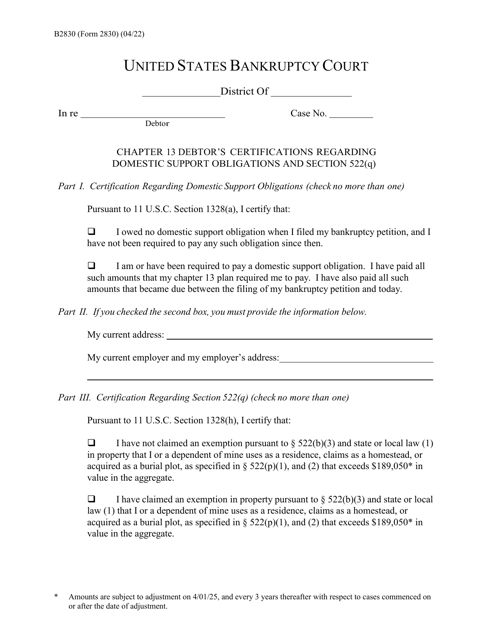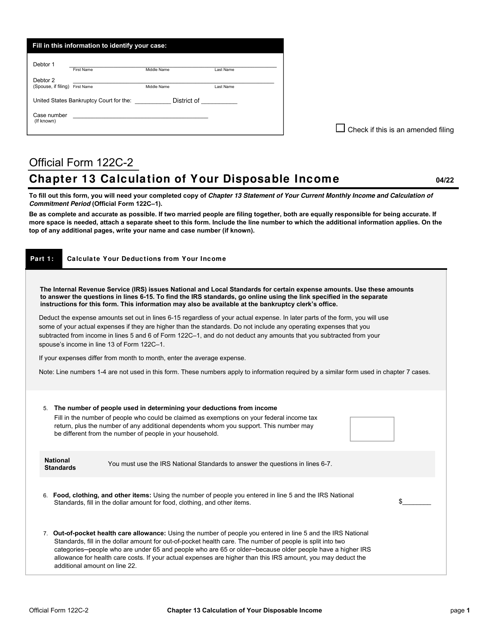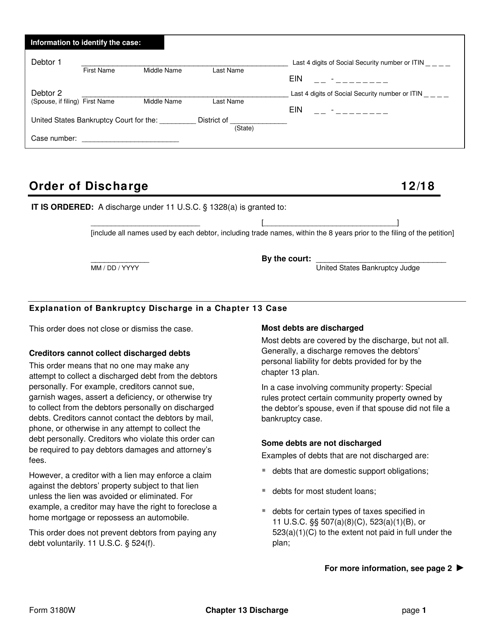Fill and Sign Bankruptcy Forms
Filing for bankruptcy is a complicated and time-consuming process. Every case has its own difficulties, and from the start, you need to make sure that you have chosen the correct way to deal with your insolvency. You will have to open your finances to the public and disclose all your property and debts. If you are harassed by debt collectors and a collections defense lawyer can no longer negotiate on your behalf, you need to think about declaring bankruptcy.
When you file for bankruptcy, you need to complete a series of United States Bankruptcy Court forms. They are sorted below by the type of bankruptcy and chapters in the United States Bankruptcy Code. Learn more about the 2020 bankruptcy laws in our guide and find out which bankruptcy forms you will have to fill out.
How to File Bankruptcy?
The first step in the bankruptcy process is the financial management course certified by Form 423, Certification About a Financial Management Course. Once you have it, you need to submit the forms required for the particular Chapter to the bankruptcy court. However, you must know – just because you have filed bankruptcy, it does not mean you will not have to pay any money – a creditor can fill out Form 410, Proof of Claim, and receive monthly payments from the debtor for years. You will be able to clarify your situation to potential creditors later – complete the Bankruptcy Explanation Letter and prove you a suitable for approval for a loan.
Chapter 7 Bankruptcy
Chapter 7 bankruptcy , also known as a "liquidation" or "straight bankruptcy" , means that the bankruptcy court appoints a trustee who oversees your case, takes ownership of your assets, sells them, and then distributes the money to your creditors. A debtor must pass the means test first - it will compare your household income with the state median income, and your expenses to what people usually pay in your area.
Chapter 7 Bankruptcy Forms:
- Official Form 103B, Application to Have the Chapter 7 Filing Fee Waived;
- Official Form 108, Statement of Intention for Individuals Filing Under Chapter 7;
- Official Form 122A-1, Chapter 7 Statement of Your Current Monthly Income;
- Official Form 122A-1SUPP, Statement of Exemption From Presumption of Abuse Under 707(B)(2);
- Official Form 122A-2, Chapter 7 Means Test Calculation;
- Official Form 309A, Notice of Chapter 7 Bankruptcy Case - No Proof of Claim Deadline (for Individuals or Joint Debtors);
- Official Form 309B, Notice of Chapter 7 Bankruptcy Case - Proof of Claim Deadline Set (for Individuals or Joint Debtors);
- Official Form 309C, Notice of Chapter 7 Bankruptcy Case - No Proof of Claim Deadline Set (for Corporations or Partnerships);
- Official Form 309D, Notice of Chapter 7 Bankruptcy Case - Proof of Claim Deadline Set (for Corporations or Partnerships);
- Official Form 318, Order of Discharge.
Chapter 11 Bankruptcy
Chapter 11 is the most complex type of bankruptcy. The courts help debtors reorganize and restructure their business affairs, debts, and assets. It will give the debtor a fresh start, and the business remains operating.
Chapter 11 Bankruptcy Forms:
- Official Form 104, For Individual Chapter 11 Cases: List of Creditors Who Have the 20 Largest Unsecured Claims Against You and Are Not Insiders;
- Official Form 122B, Chapter 11 Statement of Your Current Monthly Income;
- Official Form 204, Chapter 11 or Chapter 9 Cases: List of Creditors Who Have the 20 Largest Unsecured Claims and Are Not Insiders;
- Official Form 309E1, Notice of Chapter 11 Bankruptcy Case (for Individuals or Joint Debtors);
- Official Form 309E2, Notice of Chapter 11 Bankruptcy Case (for Individuals or Joint Debtors under Subchapter V);
- Official Form 309F1, Notice of Chapter 11 Bankruptcy Case (for Corporations or Partnerships);
- Official Form 309F2, Notice of Chapter 11 Bankruptcy Case (for Corporations or Partnerships under Subchapter V);
- Official Form 3180RI, Individual Chapter 11 Discharge.
Chapter 12 Bankruptcy
Chapter 12 bankruptcy is a financial relief only available to family fishermen or farmers. These individuals are allowed to continue their work, while the court restructures their debts. This way, farmers and fishermen avoid foreclosure and stay in their homes.
Chapter 12 Bankruptcy Forms:
- Official Form 309G, Notice of Chapter 12 Bankruptcy Case (for Individuals or Joint Debtors);
- Official Form 309H, Notice of Chapter 12 Bankruptcy Case (for Corporations or Partnerships);
- Form B2300A, Order Confirming Chapter 12 Plan;
- Form B2310A, Order Fixing Time to Object to Proposed Modification of Confirmed Chapter 12 Plan;
- Official Form 3180F, Chapter 12 Discharge;
- Official Form 3180FH, Chapter 12 Hardship Discharge.
Chapter 13 Bankruptcy
Chapter 13 bankruptcy is designed for debtors with a regular income who need to deal with creditors’ demands for immediate payment. If you have enough income to repay all or portion of your debts as an alternative to liquidation, this is the bankruptcy type for you. Additionally, it will stop creditors from enforcing wage garnishment on your paychecks.
Chapter 13 Bankruptcy Forms:
- Official Form 113, Chapter 13 Plan;
- Official Form 122C-1, Chapter 13 Statement of Your Current Monthly Income and Calculation of Commitment Period;
- Official Form 122C-2, Chapter 13 Calculation of Your Disposable Income;
- Official Form 309I, Notice of Chapter 13 Bankruptcy Case;
- Form B2300B, Order Confirming Chapter 13 Plan;
- Form B2310B, Order Fixing Time to Object to Proposed Modification of Confirmed Chapter 13 Plan;
- Form B2830, Chapter 13 Debtor's Certifications Regarding Domestic Support Obligations and Section 522(Q);
- Official Form 3180W, Order of Discharge;
- Official Form 3180WH, Order of Discharge.
Can You File Bankruptcy on Medical Bills?
One of the common reasons people want bankruptcy relief is unpaid medical bills - they can be wiped out by filing bankruptcy using either Chapter 7 or Chapter 13 . Choose the plan that makes the most sense for your financial situation. This way you are not only limiting the case to just medical costs: you are also getting rid of other debts – personal loans, utility bills, credit card debts, etc.
Can You File Bankruptcy on Student Loans?
You can discharge your student loans in bankruptcy. Show it would be an undue hardship for you to pay the loan back. If you meet three factors – poverty (a minimal standard of living), good faith (efforts to repay the loan), and persistence (your financial situation is going to continue for a long period of time), the whole loan or its portion might be discharged by a bankruptcy court.
Did this solve your problem? If not, check out these related topics:
- Learn how tofile an Unemployment Claim;
- Apply for an SBA Disaster Loan ;
- Get help with managing your debts.
Documents:
35
This Form is used for obtaining an official order of discharge from a legal proceeding.
This Form is used for applying to have the filing fee waived when filing for Chapter 7 bankruptcy.
This form must be filed after completing a personal financial management course prior to filing for a bankruptcy case.
This Form is used for individuals filing for Chapter 7 bankruptcy to declare their intentions regarding their assets and debts.
This document is used for obtaining an official order of discharge.
This form is used for confirming an order for a Chapter 13 bankruptcy repayment plan.
This Form is used for individual Chapter 11 cases to list creditors who have the 20 largest unsecured claims against you and are not insiders.
This Form is used for declaring exemption from presumption of abuse under 707(B)(2) in bankruptcy cases.
This Form is used for creating a Chapter 13 bankruptcy repayment plan.
This document is a list of creditors with the 20 largest unsecured claims in Chapter 11 or Chapter 9 cases. It excludes insiders.
This Form is used for confirming a Chapter 12 bankruptcy plan.
This form is used to set a deadline for objecting to changes to a Chapter 12 bankruptcy plan.
This Form is used for ordering a specific deadline to object to proposed changes in a Chapter 13 bankruptcy repayment plan that has already been approved by the court.
This Form is used to request an official order for discharge from a specific entity or organization. It may be applicable to various situations like bankruptcy, military service, or legal proceedings.
This Form is used for ordering the discharge of an individual. It is an official document used in the state of Rhode Island.
This Form is used for obtaining an order of discharge. It is an official document that signifies the completion of a legal process or the release of someone from a particular obligation or responsibility.
The form is completed by creditors in bankruptcy cases to stake their claims by submitting them to the bankruptcy court in a timely manner.
This Form is used for requesting an Order of Discharge in legal proceedings. It signifies the conclusion of a case or the release of a debtor from their financial obligations.



